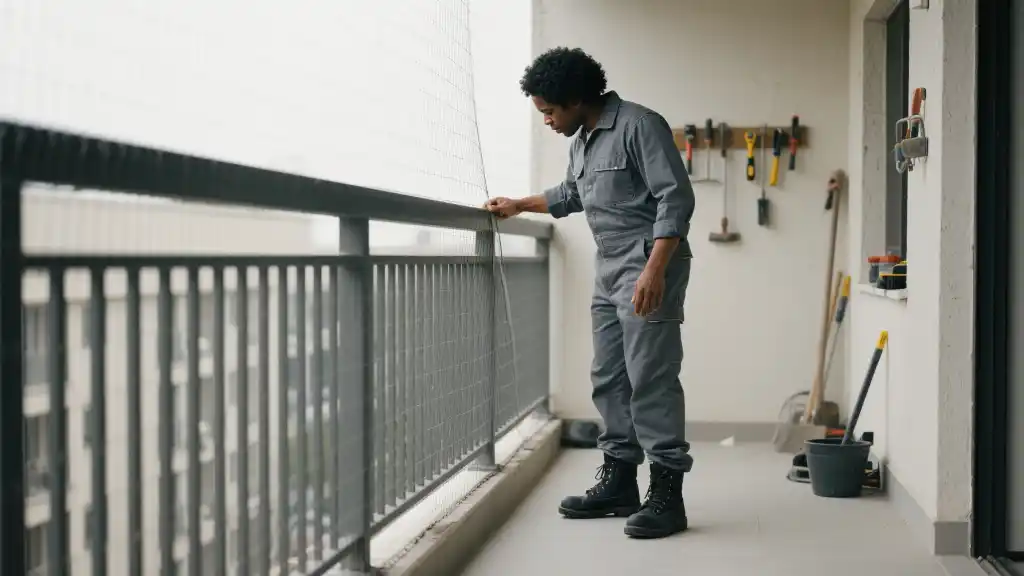Article directoryCloseOpen
- Understanding Home Assistant and Unifi Protect
- Potential Pitfalls of Reliance
- Benefits of a Multi-Platform Approach
- Enhanced Security
- Real-Time Monitoring and Control
- Cost Considerations
- What are the main risks of relying solely on Home Assistant for Unifi Protect?
- Can I integrate other security systems with Home Assistant?
- How often should I check for updates on my Home Assistant and Unifi Protect?
- What should I do if my camera feed stops working?
- Is a multi-platform security setup more expensive?
We will explore the implications of putting all your eggs in one basket when it comes to home security. By examining users’ experiences and technical insights, we aim to paint a realistic picture of the strengths and weaknesses of this integration. Is the convenience worth the potential security risks? We provide practical tips on how to approach your smart home setup more holistically, ensuring you maintain control over your surveillance system without compromising reliability. Whether you’re a seasoned Home Assistant user or considering making the switch, this article offers essential advice to help you navigate the complexities of smart home technology safely and effectively.
Relying on Home Assistant for Unifi Protect can be a game changer for smart home setups, but it’s essential to tread carefully. Let’s delve into the reasons why you might want to think twice before placing all your faith in one solution for your home security.
Understanding Home Assistant and Unifi Protect
Home Assistant is popular for turning various smart devices into a cohesive unit, allowing users to control everything from lights to security systems seamlessly. Unifi Protect offers an advanced camera system for monitoring your home, yet integrating the two comes with its own set of challenges. While these systems can work together beautifully, issues can arise when users overly depend on this single integration.
Potential Pitfalls of Reliance
Compatibility Challenges
One of the primary concerns is compatibility. Home Assistant continuously evolves, much like Unifi Protect. This means updates in one system might cause unforeseen issues in the other. Users often encounter:
With these considerations in mind, having a backup or alternative system is wise to ensure consistent monitoring.
Software Bugs and Stability
No software is bug-free. Home Assistant and Unifi Protect can experience glitches or crashes, which can jeopardize your home’s security. Potential issues include:

A mixed environment of different systems allows for greater stability since issues in one platform may not affect the others.
Benefits of a Multi-Platform Approach
Enhanced Security
A multi-platform security approach is wise, enabling layers of protection for your home. Benefits of diversifying your security setups include the following:
Real-Time Monitoring and Control
Using multiple platforms can also allow you to leverage real-time alerts and control mechanisms. you can manage various aspects of your home’s security seamlessly. Features might include:
| System | Functionality | Strength | Weakness |
|---|---|---|---|
| Home Assistant | Device Integration | Wide Compatibility | Frequent Updates |
| Unifi Protect | Camera Monitoring | High Video Quality | Limited Device Support |
| Competitor System | Alarm Functions | Dedicated Support | Higher Cost |
Cost Considerations
While opting for multiple systems can initially seem more expensive, consider it an investment in security. Feature-rich systems often lead to better performance and more peace of mind. A trusting and layered approach can provide both safety and financial foresight.
In conclusion, while Home Assistant and Unifi Protect can be an excellent integration for smart home management, relying solely on one platform can come with risks. Embracing a multi-faceted approach not only safeguards your home but also provides flexibility and reassurance.
Home Assistant is designed with versatility in mind, which means you can easily integrate various security systems alongside your existing setups. This capability allows you to customize your security network according to your specific needs. Whether it’s smart locks, sensors, or surveillance cameras, Home Assistant can connect to a multitude of devices, making it a powerful hub for managing your home security. By integrating multiple systems, you not only broaden your security options but also increase the overall reliability of your setup.

The beauty of setting up different security devices with Home Assistant lies in the increased functionality it brings. For example, imagine combining motion sensors from one brand with door locks from another, all monitored through a single interface. This creates a seamlessly coordinated security system that can alert you if any unusual activity occurs. Plus, if you ever need to add or replace equipment, the compatibility of Home Assistant means you have the flexibility to choose from a wide range of options, ensuring that you can adapt over time without being locked into a single brand or system.
What are the main risks of relying solely on Home Assistant for Unifi Protect?
The primary risks include compatibility challenges, software bugs, and stability issues. If one system fails, it can impact your entire security setup, leaving you vulnerable.
Can I integrate other security systems with Home Assistant?
Yes, Home Assistant supports a wide range of devices and systems, allowing you to integrate various security options for enhanced functionality and reliability.
How often should I check for updates on my Home Assistant and Unifi Protect?
It’s advisable to check for updates regularly, ideally every few weeks. Keeping your systems updated helps mitigate bugs and improves overall performance and security.
What should I do if my camera feed stops working?
If your camera feed stops working, first check your internet connection. Next, verify if there are any ongoing software issues with either Home Assistant or Unifi Protect. If the problem persists, consider reviewing settings or troubleshooting guides provided by the manufacturers.
Is a multi-platform security setup more expensive?
While a multi-platform setup may have higher initial costs, it can provide better overall security and reliability, which can save you money in the long run by preventing major security breaches.
